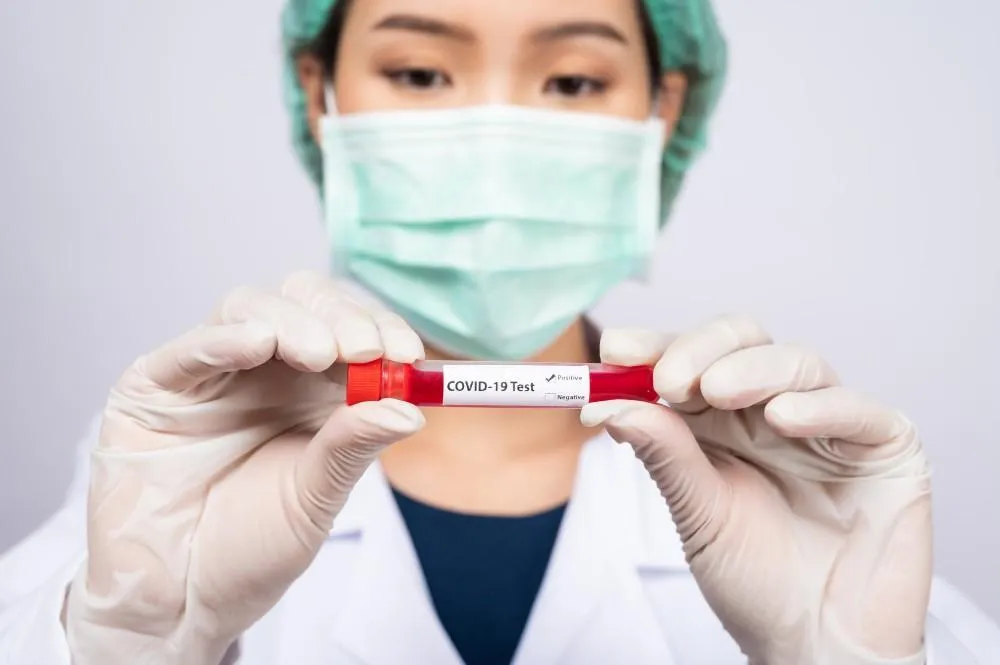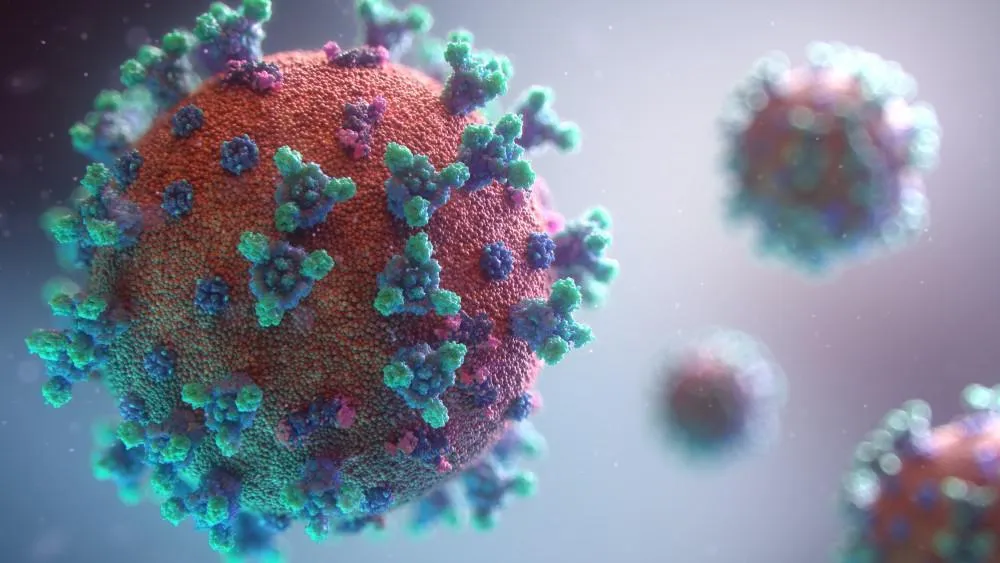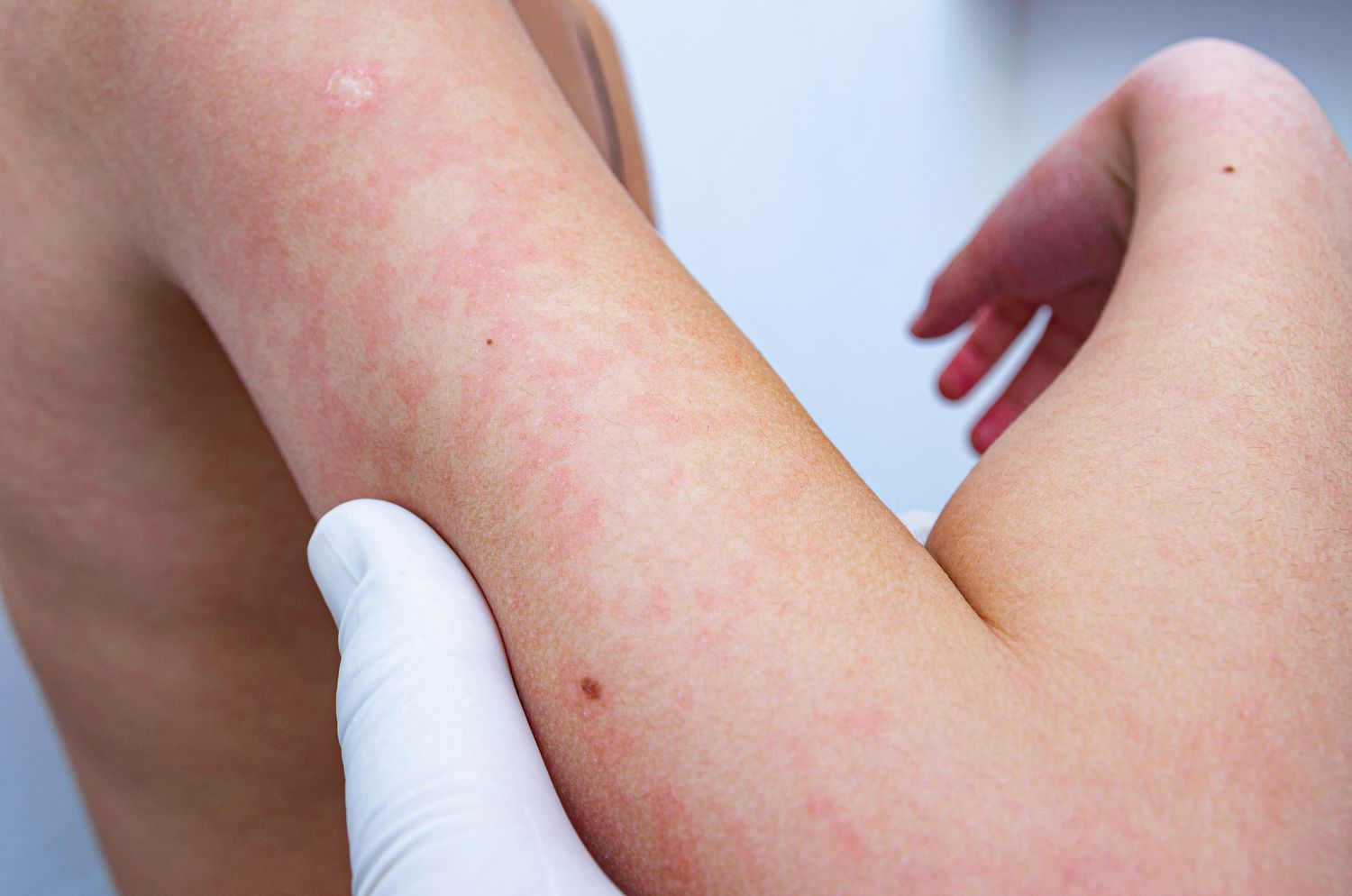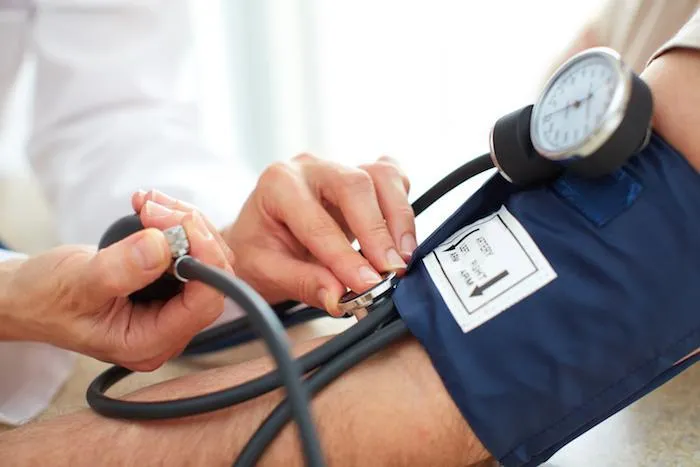What is Pink Eye (Conjunctivitis)?

What is conjunctivitis? Pink eye is a condition where the inner layer of the eyelids and the protective layer of the eyeball become swollen and reddened. It is one of the most frequent eye diseases, occurring in approximately 30% of ophthalmologic pathologies. Such prevalence is associated with a high sensitivity of the conjunctiva to various external and internal factors. At the first signs of eye inflammation, you should immediately make an appointment with an ophthalmologist.
The worldwide incidence of pink eye is difficult to quantify due to underreporting, but it is estimated that 6 million cases occur annually in the U.S. alone, with viral pink eye being the most common cause. Violent bacterial infections, which are more common in children and young people, account for almost 50% – 75% of cases of infectious or pink eye. This rate decreases to about 5% – 15% in adults. The importance of an annual physical exam lies in its ability to detect potential health issues early so it is not recommended to ignore it.
Common Causes of Pink Eye
Mucosal inflammation can occur in different pathologies. Most patients are diagnosed with infectious conjunctivitis, which is formed by pathogenic microorganisms plunging into the mucous membrane.
Pink eye is most often caused by bacteria (streptococci, staphylococci, pneumococci, etc.) or viruses (adenovirus, herpes). Viral pink eye is often a symptom of viral diseases such as acute respiratory infections, measles, and chickenpox. Since respiratory diseases (colds) are typical during the cold season, this period is also associated with an increase in the frequency of viral pink eye.
Allergic pink eye is also common. The cause of an allergic reaction can be cosmetics, dust, pets (an allergy occurs to animal hair and dander, bird feathers, etc.), or household chemicals.
Other possible causes of pink eye are:
- prolonged exposure to smoke, dust, chemical irritants;
- ultraviolet radiation. Symptoms of pink eye may be seen with “snow blindness.” Pure snow has a high reflectivity, so the eye receives an increased dose of ultraviolet light.
- overwork and hypothermia of the eyes;
- avitaminosis, metabolic disorders;
- hypersensitivity to certain medications
Types of Conjunctivitis
There are several types of pink eye. Depending on the disease course, it can be acute or chronic. The first type develops quickly, is accompanied by vivid symptoms, and succumbs well to therapy. In the chronic form, the symptomatology is vague, and the inflammatory process continues for a long time.
Depending on the cause of conjunctivitis, the following types are distinguished:
- bacterial;
- Chlamydias;
- viral;
- fungal;
- allergic;
- autoimmune;
- traumatic;
- metastatic.
The type of inflammation allows us to distinguish catarrhal, purulent, fibrinous and follicular forms.
Symptoms of Pink Eye
Pink eye symptoms depend on the cause of inflammation. The early stage of pink eye symptoms includes redness of the eyelids, burning in the eye area, swelling of the mucous membrane and increased tear flow. Infectious pink eye usually causes the most unpleasant symptoms, like pus discharge and sticking eyelids.
What does pink eye look like? Common symptoms of conjunctivitis also include:
- discharge of cloudy fluid from the affected mucous membrane of the eye;
- the sensation of a foreign object on the inner surface of the eyelids;
- increased sensitivity to light;
- temporary decrease in visual acuity;
- discharge of small amounts of blood from the inflamed conjunctiva;
- general malaise, headache;
- increased body temperature;
- involuntary closing of the eyelids;
- the appearance of small seals in the area of the mucous membrane.
Released from the conjunctiva pus may be yellow or greenish in color. Formation of mucous membrane thickenings (follicles) and corneal damage is more characteristic of fungal pink eye.
How Pink Eye Spreads
Pink eye is contagious quickly through direct or indirect contact with discharge from an infected person’s eyes. The condition can spread in several ways, especially in crowded environments like schools or offices.
Viral pink eye, often caused by adenoviruses, is the most common form and is highly contagious. It can spread through coughing or sneezing or by touching surfaces or objects that have come into contact with the virus, such as doorknobs, towels, or shared devices. Individuals with viral pink eye can unknowingly transfer the virus to others by touching their eyes and then touching other surfaces.
How long does pink eye last? Bacterial pink eye, caused by bacteria like Staphylococcus or Streptococcus, also spreads through direct contact with infected eye secretions. It can be transmitted through hand-to-eye contact after touching contaminated surfaces, or by sharing personal items like makeup, towels, or pillows. Viral conjunctivitis typically lasts two weeks. In some cases, it may take up to 3 weeks to fully clear, especially if the infection is severe. Bacterial conjunctivitis, when treated with antibiotics, usually improves within 2 to 5 days, but it can take up to 7 days to completely resolve. Without antibiotics, symptoms may last up to 10 days.
Diagnosis of Pink Eye
An ophthalmologist diagnoses pink eye. After carefully studying the patient’s complaints and examination, the doctor clarifies various details of his anamnesis: the presence of chronic diseases, the tendency to allergies, contact with patients, or the use of household chemicals, etc. The importance of a child health checkup lies in the early detection and prevention of potential diseases, ensuring a child’s growth and development stay on track.
To identify the cause of inflammation, laboratory tests are performed:
- bacterial examination of conjunctival smear;
- Demodex test;
- study of antibody titer (IgA and IgG) in blood serum or lacrimal fluid;
- cytologic analysis of a smear or conjunctival scraping;
- skin-allergy, conjunctival or nasal test (in case of allergic inflammation).
Optical coherence tomography, fluorescein instillation tests, and other instrumental studies are performed to assess the degree of eye tissue damage.
Treatment Options for Pink Eye
Pink eye treatment is based on the cause of the inflammation, the severity of the inflammatory process, the concomitant pathology, and complications. The need for hospitalization is determined individually. If necessary, therapy is prescribed for the underlying disease that caused inflammation of the conjunctiva.
However, the local conjunctivitis treatments are often complicated by the need to frequently wash the conjunctival cavity with various antiseptic, anti-inflammatory, and other solutions, cap it with drops, or inject it subconjunctival.
The doctor chooses the drugs depending on the causes and manifestations of the disease. These may be antibiotics, antiviral agents, antimicrobials, antihistamines, and other drugs. Tear substitutes and glucocorticoids may be prescribed.
Home Remedies for Managing Pink Eye Symptoms
Managing conjunctivitis symptoms at home can help alleviate discomfort while the infection runs its course. For viral or allergic conjunctivitis, home remedies focus on soothing the irritation rather than curing the infection itself.
One of the most common home remedies is cold compresses. Applying a clean, cold cloth to the affected eye for a few minutes can reduce swelling and redness, providing temporary relief. It’s essential to use a separate cloth for each eye to avoid cross-contamination.
In the case of bacterial pink eye, warm compresses are effective in softening hard curds and relieving discomfort. Take plain water, boil it, and wait until it shrinks slightly. Then, wet a clean piece of cloth in the essence and cover it on the eye.
Another practical step taken at home is cleaning the child’s eyes by wiping out discharge with a damp, warm tissue. Do not use soap or any chemical, as it will make the invading sore worse.
Moisturizing eye drops sold at pharmacies and artificial tears are quite effective at easing the itchiness and dry sensation; however, preservative-containing options must be kept away; they are quite irritating.
Finally, observe good hygiene practices. Wash your hands as often as you can, do not pat your eyes, and do not use shared items such as towels or pillows to minimize the risk of transmission of the disease.
Preventing the Spread of Pink Eye
Prevention of pink eye is to follow simple rules. There are some health tips from doctors:
- get rid of the habit of rubbing your eyes with your hands;
- observe the rules of personal hygiene;
- treat infectious and chronic diseases in time;
- regularly undergo preventive examinations;
- use protective equipment at hazardous workplaces;
- dress for the weather;
- eat properly;
- do not swim in polluted water bodies and wear eye protection when diving;
- carefully choose contact lenses and follow the rules of their storage and wearing;
When to Seek Medical Attention for Pink Eye
While pink eye is usually mild and can be treated at home, certain pink eye symptoms warrant medical attention. If the condition doesn’t improve after a few days or worsens, you should seek comprehensive primary care in Gaithersburg. Discomfort, such as severe pain, vision blurring, and light sensitivity, can point to a different problem in your eyes that should be dealt with by an expert.
Additionally, if you notice a thick yellow or green discharge that causes the eyelids to stick together or if you develop swelling around the eyes, these could be signs of a bacterial infection that needs prescription antibiotic drops. A fever, along with pink eye, may also require treatment, as it could suggest a systemic infection.
People with weakened immune systems or pre-existing eye conditions, such as glaucoma, should be especially cautious and seek medical advice early on. Moreover, infants and very young children should also see a doctor if they develop a pink eye to ensure the condition is well taken care of.
Complications Related to Untreated Conjunctivitis
The following complications may occur if pink eye treatment is not given in a prompt manner:
- blepharitis;
- keratitis;
- chronic pink eye;
- scarring;
- dry eye syndrome;
- inflammation of the vasculature and other deep structures of the eye.
The development of certain complications largely depends on the form of pathology. For example, bacterial flora often leads to the formation of adhesions between the cornea and iris, and viruses cause dry eye syndrome, keratitis, and so on.
Conclusion
Pink eye is a common but often uncomfortable condition. By understanding its causes, conjunctivitis symptoms, and treatment options, you can take steps to prevent its spread and manage its effects.
If you suspect that you or someone you know has conjunctivitis or pink eye for that matter, you should seek medical attention for diagnosis and pink eye treatment. Early treatment is advisable to avoid complications and recovery is faster.




















































